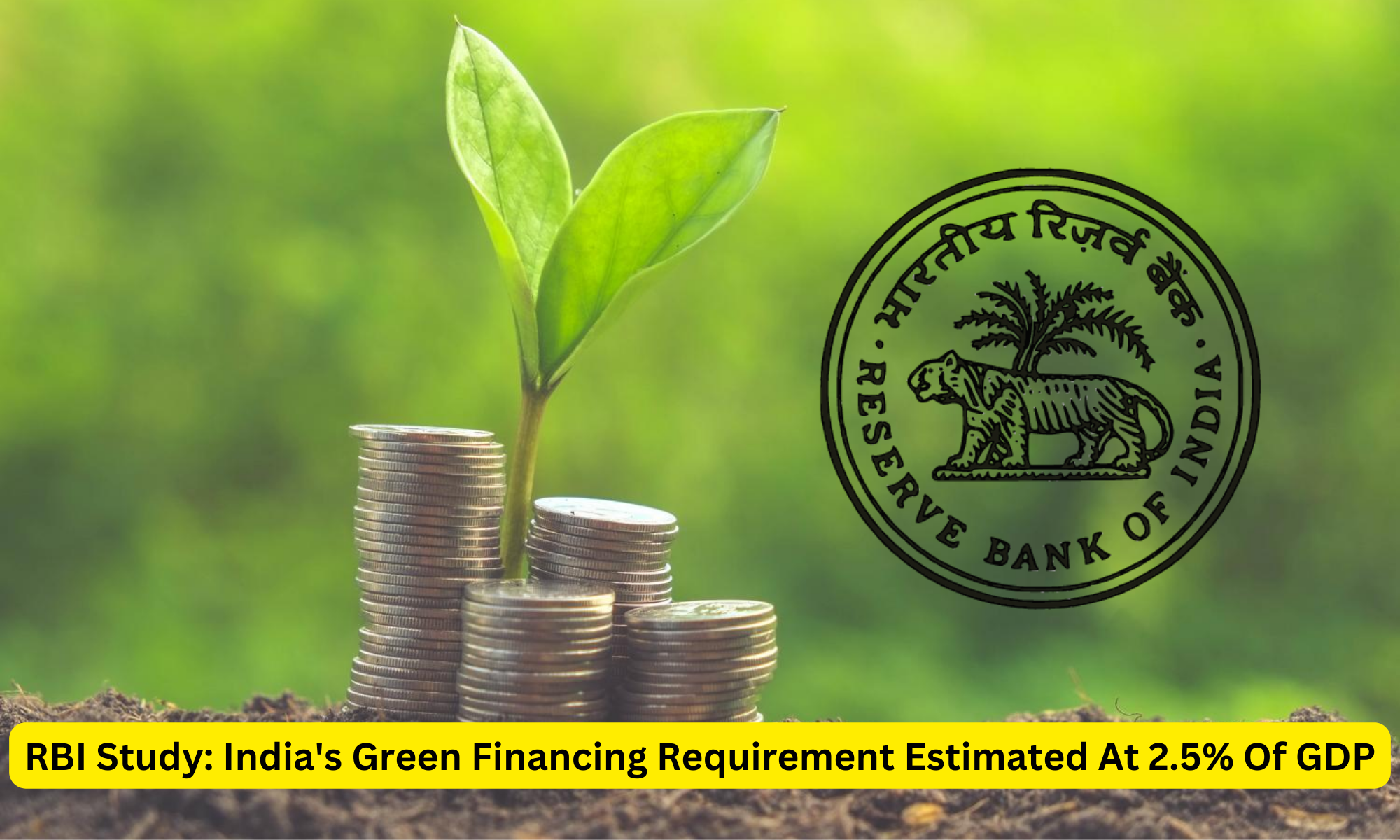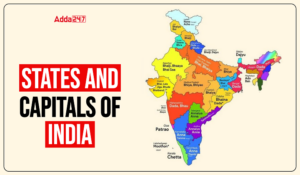India’s Green Financing Requirement Estimated At 2.5% Of GDP
As per the Reserve Bank of India’s (RBI) report on Currency and Finance (RCF) for the year 2022-23, India would require at least 2.5% of GDP annually until 2030 for green financing. The report addresses various areas such as the extensive and rapid impact of climate change, implications for financial stability, and policy choices to mitigate climate-related risks.
Buy Prime Test Series for all Banking, SSC, Insurance & other exams
India has set an objective to achieve net-zero emissions by 2070. According to the report, if the Central Bank Digital Currency (CBDC) or e-rupee is developed with environmentally friendly and socially responsible goals, it could prove to be a better alternative to other cashless methods.
India’s Green Financing Requirement Estimated At 2.5% Of GDP: Key Points
- The report covers four main areas: the unprecedented scale and pace of climate change, its macroeconomic impact, implications for financial stability, and policy options for mitigating climate risks.
- To achieve its net zero target by 2070, India would need to reduce the energy intensity of its GDP by about 5% annually and increase the use of renewable energy to around 80% by 2070-71.
- The report estimates that India’s green financing requirement should be at least 2.5% of GDP annually until 2030.
- A balanced policy approach that addresses all aspects of the issue can help the country reach its green transition goals by 2030 and eventually achieve its net zero target by 2070.
- The report emphasises that climate change is a pressing issue and highlights that the 2015-22 period was the warmest on record, according to the World Meteorological Organisation.
GetVantage secures NBFC licence from RBI
India’s Goal of Becoming Advanced Economy by 2047 vs Climate Risks
- The global temperature in 2022 reached at least 1 degree Celsius above pre-Industrial Revolution levels, despite the cooling effects of La Nina into its third year, fueled by rising greenhouse gas concentrations and accumulated heat.
- India’s diverse topography makes it highly vulnerable to climate risks, with sustained rise in temperature, erratic monsoon patterns, and rising frequency and intensity of extreme weather events.
- India’s goal of becoming an advanced economy by 2047 and achieving the net zero target by 2070 would require accelerated efforts in reducing energy intensity and improving the energy mix in favor of renewables.
- Delayed climate policy actions could be costlier in terms of larger output losses and higher inflation.
- India’s susceptibility to physical risks emanating from climate change raises significant concerns on policy trade-offs surrounding growth-inflation.
- Risk mitigating domestic policies and global concerted efforts could help in containing the adverse impact on growth and inflation.
- The financial sector faces the dual challenge of supporting the green transition process and strengthening resilience to rising vulnerability to adverse climate events.
- A climate stress-test reveals that public sector banks may be more vulnerable than private sector banks in India.
Policy options include a comprehensive decarbonization strategy encompassing all carbon-emitting sectors of the economy and policy levers, such as a carbon tax, technology support for non-fossil fuel, green hydrogen, carbon capture and storage, standards for energy efficiency, regulatory tweaks incentivizing flow of adequate resources for the green project, and adoption of energy-saving appliances at home and in business establishments.
Also Read: Visa Launches CVV-Free Payments for Tokenised Cards in India




 States and Capitals - How Many States in...
States and Capitals - How Many States in...
 RBI’s Supervisory Data Quality Index (sD...
RBI’s Supervisory Data Quality Index (sD...
 Unified Pension Scheme Employees Now Eli...
Unified Pension Scheme Employees Now Eli...

